Why Does Every U.S. Military Branch Have Pilots? (ALL Branches Explained)

When most people think of pilots in the military, they either think of Tom Cruise in TOPGUN, or they think that every pilot is in the Air Force. However, in reality, every branch, outside of the Space Force, has its share in military aviation. But why does every branch have pilots? What’s the difference between them? Why aren’t all of the pilots in the Air Force? Keep reading and we’re going to answer all of those questions for you.
Before we dive into each of the branch’s pilots, it’s important for you to understand the encompassing similarities they all share. For starters: They all fly aircraft. We’re sure you almost fell out of your seat with that one. No matter the branch, every pilot will fly some sort of aircraft, which are generally separated into two different communities: Fixed-Wing, and Rotary-Wing. To break that down in layman's terms, it's basically something like jets or helicopters.
Every pilot in the U.S. military is a commissioned officer, with the exception of the Army where they can be warrant officers too. We’ll touch on that in a bit. That means that every pilot is an officer first, and has other responsibilities outside of just flying. Those are called “ground jobs”. And, for every hour of flying a pilot does, there’s countless hours of preparation, rehearsal, briefing, and debriefing. Don’t think they’re flying from 9-5 on any given day!
As pilots rank up, they generally do less and less flying. That’s just the nature of the beast when it comes to ranking up in the military, especially as an officer. Another thing you need to know about military pilots is that it takes years to train one, you don’t just up and join and get into the cockpit. You might think, why does it take years? Well first off, flying isn’t as easy as it looks. It takes a long time to craft the skills needed to be a military pilot. And they aren’t just trained in flying, they learn all sorts of stuff about the science of aviation and anything within its scope.
Due to the time commitment and cost of training military pilots, their contracts are often upwards of ten years long. This lengthy time commitment, amongst other factors, has actually led to retention issues, causing a shortage in many of the pilot communities. Perhaps some of you reading this blog post are hoping to become a pilot. Whether you’re here for that, or just here for the information, we start by covering our first military pilot community: Army Pilots.
TABLE OF CONTENTS
U.S. MILITARY PILOTS: ARMY PILOTS
U.S. MILITARY PILOTS: NAVY PILOTS
U.S. MILITARY PILOTS: AIR FORCE PILOTS
U.S. MILITARY PILOTS: MARINE CORPS PILOTS
U.S. MILITARY PILOTS: COAST GUARD PILOTS
U.S. MILITARY PILOTS: CONCLUSION
U.S. MILITARY PILOTS: ARMY PILOTS

Make no mistake, while the army is known for things such as infantry and tanks, Army pilots have been a considerable part of its warfighting history. They’ve played integral roles in the battlefield all the way from World War I to recent conflicts in the modern era. In fact, Army aviation has been so substantial that the Air Force actually originates from the Army. Before 1947, it was known as the Army Air Force. The more you know!
Present day, a majority of Army pilots do what they do best: flying rotary winged aircraft. You might be familiar with some of the helicopters they fly: the AH-64 Apache, CH-47 Chinook, UH-72A Lakota, and the UH-60 Black Hawk. But where are the fighter jets? Don’t all military pilots fly those? Not in the Army, the Army’s mission doesn’t call for it. Plus, what’s more badass than a Black Hawk pilot flying low to the ground with a machine gunner raining hell upon the enemy?
Army pilots even have their own place in special operations with the prestigious 160th Special Operations Aviation Regiment. Nicknamed the Night Stalkers, this unit has pilots that are the tip of the spear in aviation, having undergone a strict selection process and having a substantial career to even be considered in the unit. They are highly trained and ready to accomplish the very toughest missions in all environments, anywhere in the world, day or night, with unparalleled precision.
Bottom line, if you want to be a helicopter pilot in the military, the Army’s your best shot. While some army pilots do fly fixed wing aircraft such as the RC-12 Guardrail, C-12, and Sherpa, the majority will be on rotary winged aircraft.
But what else is unique to Army pilots? How about the fact that you can fly as a warrant officer. If you don’t know what one of those is, it’s essentially a rank in the gray area between enlisted and officer, who can pretty much do what they want. All jokes aside, this opportunity stems from the Warrant Officer Flight training program, or WOFT for short.
And lastly, another unique opportunity for Army pilots is being able to start their careers in the reserves. Being a pilot in the military is typically a full-time job. But imagine being able to do it part-time! You can actually do that in the Army National Guard. National guard pilots have the benefit of not serving on active duty for ten years before they work in the reserves, which is the case in branches like the Air Force and Navy. Make no mistake, flight school takes years, and there will be active duty time, but it’s still a cool opportunity to be able to balance civilian life while also flying some of the military’s greatest aircraft.
U.S. MILITARY PILOTS: NAVY PILOTS

Would you believe us if we told you the U.S. Navy has the second-largest air force in the world? Well, you better believe it, the Navy doesn’t mess around when it comes to air power.
Known for their wings of gold, pilots in the Navy are one of a kind. Resisting the urge to make another TOPGUN reference, they have a wide range of skill sets and are a versatile force in the aviation community.
Navy pilots are officially known as Naval Aviators, but that term is not exclusive to the Navy. We’ll touch on that later. What sets Navy pilots apart from the other branch’s pilots is their relationship to the water. We’re sure you saw that coming, because it is the Navy after all!
Navy pilots are afforded opportunities to become fighter pilots, helicopter pilots, and fixed wing pilots. The number of aircraft that a Navy pilot has to choose from, or that the Navy chooses for them, is quite extensive. To name a few, they can fly the SH60 Seahawk, MH53E Sea Dragon, F/A18 Super Hornet, and P-3C Orion.
Due to their focus on maritime operations, Navy pilots possess unique skills compared to other military pilots. One example is landing on an aircraft carrier. While some may think, What’s the big deal? It’s actually a very difficult process. Think about it: a carrier can travel upwards of 30 miles per hour. That’s a moving object in the middle of the ocean, relatively small for a land based airfield, that a Navy pilot must maneuver and land on. It can be a very stressful event for them, especially at night.
But it doesn’t stop with carriers. There’s plenty of helicopter pilots that land on even smaller ships, such as destroyers or cruisers. That’s no easy task!
While Navy pilot’s missions overlap a lot with other branches' pilots, their maritime focus offers them plenty of opportunities to work in anti-submarine warfare and maritime search and rescue.
We wrote earlier that Navy pilots can become fighter pilots, helicopter pilots, and fixed wing pilots… but it actually doesn’t end there. Some can even become astronauts. There’s even a Navy SEAL doctor astronaut in NASA. Imagine that!
There’s also the Blue Angels, which is the Navy's aerobatic flight demonstration team. They perform air shows around the nation, conducting awesome maneuvers and showing off the badassery of what it's like to be a naval aviator.
And for you TOPGUN fans, this isn’t going to be our third reference to the movie… we’re talking about the real deal now. There’s actually a TOPGUN school that some pilots can attend called the Navy Strike Fighter Tactics Instructor program. TOPGUN teaches Navy pilots fighter and strike tactics, who then return to their commands to teach those under them.
U.S. MILITARY PILOTS: AIR FORCE PILOTS

Remember how we said the Navy’s the second largest Air Force? Take a wild guess on who is number one. With the largest number of aircraft in the Air Force, pilots in this branch have a wide selection of aircraft to choose from in their careers. The Air Force is known for some of its high-tech and deadly aircraft, such as the AC-130, A10 Warthog, and F22 Raptor. You can’t fly these aircraft unless you join the Air Force. It is also the only branch that has bombers in its arsenal.
And that’s why pilots are a highly sought after job in the Air Force. After all, the branch literally has the word “air” in it, so it should come as no surprise that a lot of people want to be pilots here. Plus, who can deny the amazing quality of life the Air Force has?
Here’s the thing, though. You’re going to notice that a lot of the things we say about Air Force pilots are going to be similar to what we explained about Navy pilots. There’s a lot of overlap in what pilots do in the military as a whole; it all boils down to the branch’s culture, the aircraft they fly, and some of the unique opportunities that their branch affords them. Any of the tiny, fine-detailed differences could take up their own blog post.
Air Force pilots can be fighter pilots, helicopter pilots, fixed-wing pilots, you name it.
Their roles and missions in military aviation consist of a focus on air-to-air, which involves a lot of radar training and intercept work as well as some dogfighting. But remember, that’s just the focus. Air Force pilots are still trained in and execute missions along a wide spectrum of aviation objectives.
One of those objectives is flying for special operations. Special Operations pilots in the air force have the privilege of flying in special operations squadrons and supporting AFSOC.
While we’re not going to go into the details of it, they go through their own flight school, with a curriculum that’s different from the Navy’s. And, fun fact, they actually receive wings that are silver, not gold.
And there’s a way for them to elevate their careers beyond the stratosphere by becoming astronauts. It is not an unfamiliar stepping stone for pilots in the military to do this.
The Air Force also has its own flight demonstration team called the Air Force Thunderbirds. Like the Blue Angels you read about above, they too perform some sick maneuvers, showing off the abilities that the skilled and seasoned Air Force pilots have.
The last thing we’ll cover about Air Force pilots is the opportunity to pilot for Air Force One, one of the most recognizable symbols of the presidency. Select Air Force pilots can have the privilege to fly around the U.S. president.
U.S. MILITARY PILOTS: MARINE CORPS PILOTS

After going over Air Force and Navy pilots, we’re sure you’re starting to see a decent overlap in the various pilots of the military. Well, that overlap is going to get even bigger once we explain Marine Pilots. Marine pilots, like their Navy counterparts, are also called Naval Aviators. They go through the exact same training as their Navy brethren, and receive the same wings of gold. If you’re wondering where the differences are, they start to occur after they become pilots. The cultures are also different because of the nature of the branches.
Simply put, as far as the mission of Marine pilots goes, they have a bigger focus on close air support and are typically involved with missions protecting and furthering the mission of the Marines on the ground.
And speaking of the ground, remember what ground jobs are? It’s the responsibilities a pilot has outside of flying. Marine pilots arguably have more of a ground job role than their other pilot counterparts. Essentially, they’re a Marine First, an Officer Second, and a Pilot Third.
You might be asking, What aircraft do they fly? Some Marine Corps aircraft that Marine pilots can fly are the V-22 Osprey, the AV-8B Harrier 2, and the F-35 Lightning 2.
Another main difference between Marine pilots and other pilots throughout the military is the training they receive before they start learning to fly. All Marine officers, including pilots, have to go through the 6 month TBS, known as the Basic School, where they learn a whole slew of combatant and ground tactics. So if you’re wanting to become a Marine pilot, you’ll have to take a six month detour after you earn your commission before you start learning to fly.
Lastly, Marine Pilots have reserved a spot on the Blue Angels we mentioned earlier, and the C-130 that supports them is a Marine Aircraft. And Marine pilots also play a vital role in the transport and security of the president with Marine One. It’s essentially Air Force One, but a helicopter!
Just know that if you want to become a Naval Aviator, and happen to go to the Naval Academy, you’ll have the opportunity to pick either the Navy or Marine Corps. If you’re ever in that situation, choose your destiny wisely!
U.S. MILITARY PILOTS: COAST GUARD PILOTS

Those helicopters you see saving lives on the news every now and then, usually off the coast? Those are Coast Guard pilots at work. The Navy isn’t the only one doing maritime search and rescue. While the Coast Guard has the smallest pilot community compared to the other branches, with around 800 pilots to be exact, they still make a giant impact in military aviation. However, having a smaller community comes with some caveats.
Less pilots, means fewer aircraft. You're not going to have as many aircraft to choose from as a pilot in the Air Force. But that does not mean that one cannot have a fulfilling and action packed career as a Coast Guard pilot. In fact, due to the nature of the Coast Guard mission, Coast Guard pilots are able to be in some pretty cool lines of work. They even have designated Search and Rescue pilots, which needs no explanation for their badassery. While search and rescue is always the priority, it isn’t always the majority. Coast Guard pilots can be a part of law enforcement and homeland security missions, all the way to marine environmental protection and aids to navigation.
They even go through virtually the same flight school as their Navy and Marine pilot counterparts do. Coast Guard pilots receive the same wings of gold as the Naval Aviators, but while they share the same pin, they have a different name: Coast Guard aviators.
If you’re wondering what kind of aircraft the Coast Guard has, a few are the MH-65 Dolphin, MH-60 Jayhawk, and the HC-144 Ocean Sentry.
U.S. MILITARY PILOTS: CONCLUSION

If you want to learn more about the military, law enforcement, or government entities, we have a YouTube channel dedicated to providing the best info out there, plus we have a growing list of blog posts as well. Click the links to take you to them!
General Discharge is a veteran-owned, veteran-operated organization that is dedicated to providing the best U.S. Military and Law Enforcement information. With over 250 YouTube videos, over 45 million views, and hundreds of thousands of followers, we have contributed to the success and knowledge of both the current and future generations of service members.
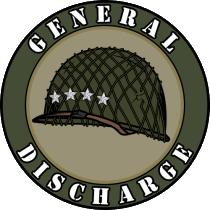
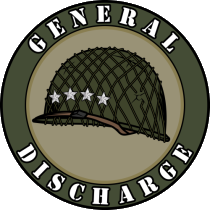

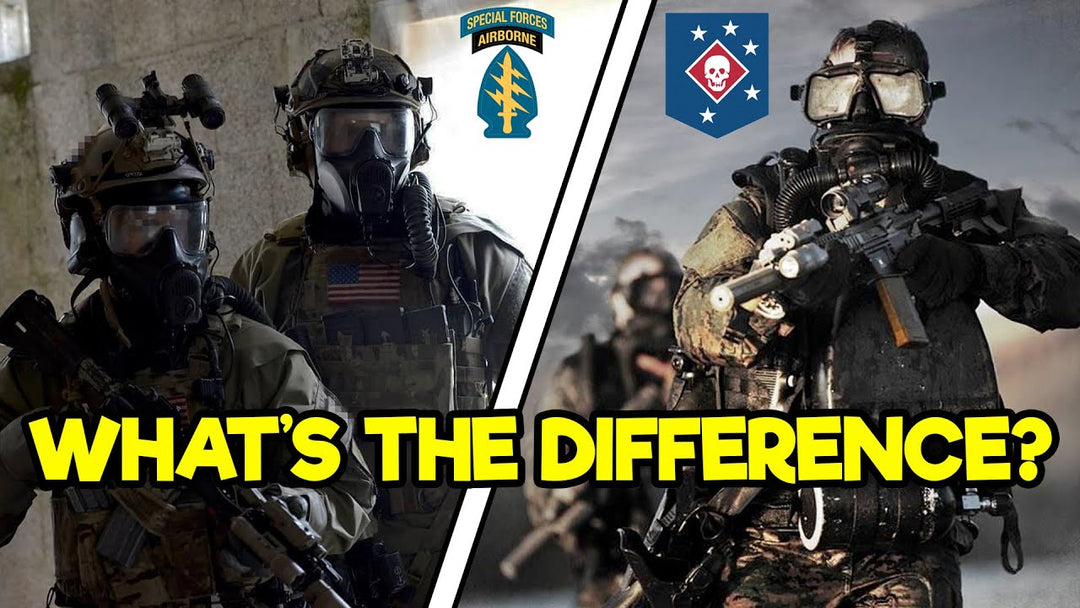
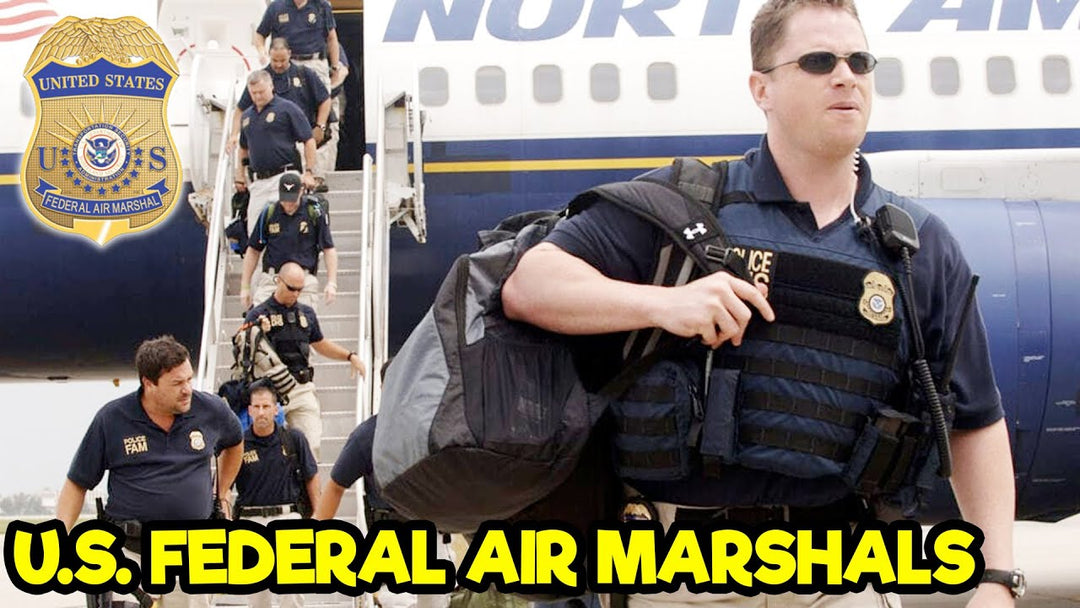
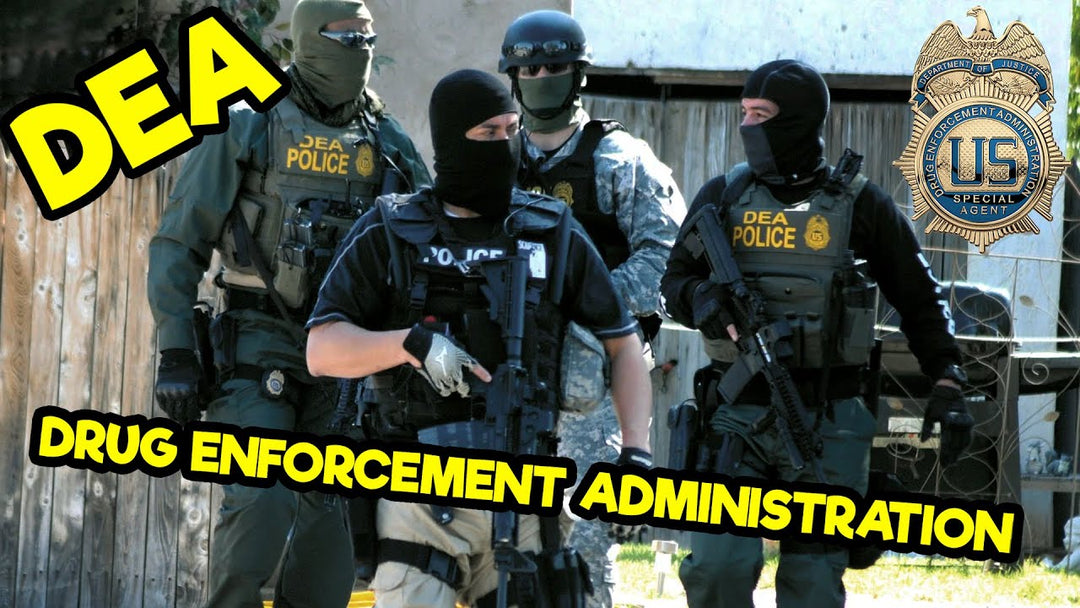
Leave a comment